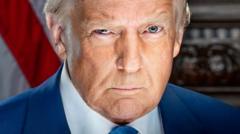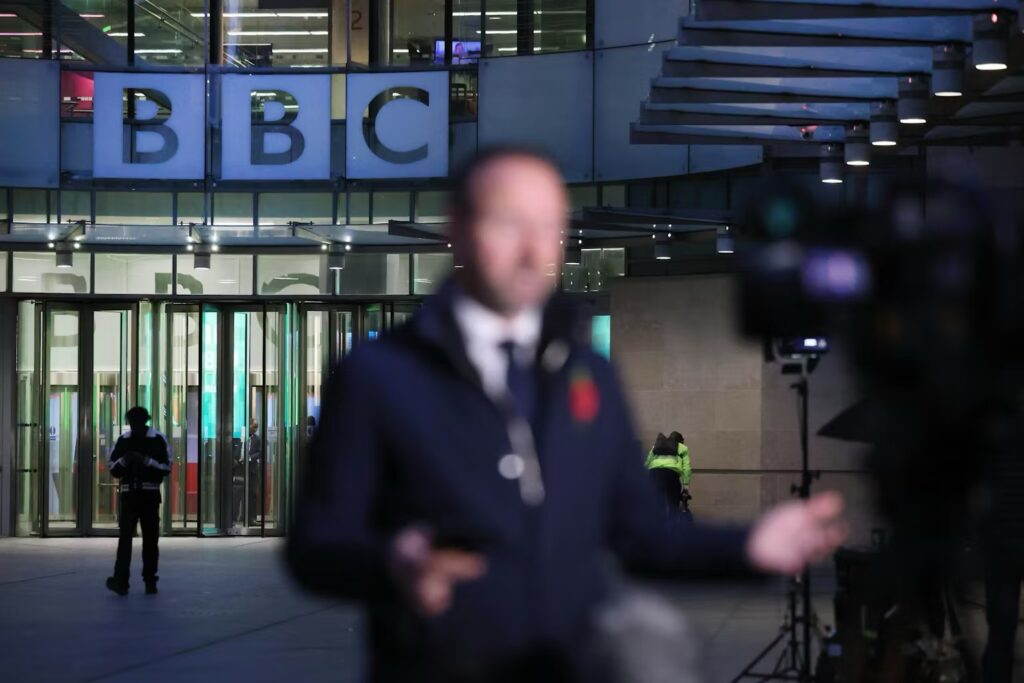Donald Trump’s newly unveiled official portrait is eliciting a mix of applause and scrutiny as observers delve into its artistic nuances and implied symbolism. Captured by chief photographer Daniel Torok, the portrait features Trump with a serious demeanor and a tilted eyebrow—an image many deem a “message picture.” Eric Draper, former White House photographer for George W. Bush, emphasizes the significance of presidential portraits, stating they are the most widely distributed images of a sitting president.
Draper’s first impressions of Trump’s portrait included observations of manipulation, noting the use of “monster” lighting that dramatically illuminates Trump from below, which creates an unsettling, almost ominous aesthetic. Eliska Sky, a noted portrait photographer, likens the stark portrayal to a boxer gearing up for a match, expressing that such lighting evokes an air of gravity and purpose.
The portrait has also drawn comparisons to Trump’s mug shot, which circulated rapidly online after the former president faced charges related to the 2020 election. Photography YouTuber Jared Polin mentions that Torok acknowledged the mug shot’s influence, adding weight to the discussion about the cultural impact of both images. The mug shot has taken on a life of its own, appearing on various merchandise as a piece of contemporary Americana.
In juxtaposition to the official portrait from 2017, which presented a more conventional image of Trump, this new portrait diverges significantly from past presidential images, including those of George W. Bush. Draper recalls past collaborations with Bush and First Lady Laura Bush, where they focused on creating a friendly and inviting image, aiming for a professional ambiance in contrast to the stark seriousness of the current portrait.
Photographer Andrew Parsons describes Trump’s image as a compelling “message picture,” which conveys the seriousness of Trump’s political presence. In light of this, the significance of political portraits in influencing public perception and shaping campaigns cannot be overstated. As discussions continue, Trump’s portrait stands as a testament to the evolving relationship between political identity and visual representation.




















